JEFFERSON, Maine — Daylilies are the perennial that delivers! Beauty, brains, and brawn. Not only do they come in a wide variety of sizes and colors, but they are also rugged, low maintenance, and multiply easily.
Tina White, who owns Tina's Daylilies in Jefferson, Maine, agrees.
"A friend of mine said, 'Oh you should grow daylilies. They're so easy.' And they are. It makes it look like I'm a good gardener," the master gardener laughed. "They're hardy. They come back every year. They multiply and you can divide them and have more and more daylilies."
White sells daylilies to the public and greenhouses from her selection of over 130 varieties. Her daylily farm is not just a business but also an official American Daylily Society Display Garden.
"I'm also listed as a historical garden because several of the varieties that I have were registered in 1984 or earlier," White said.

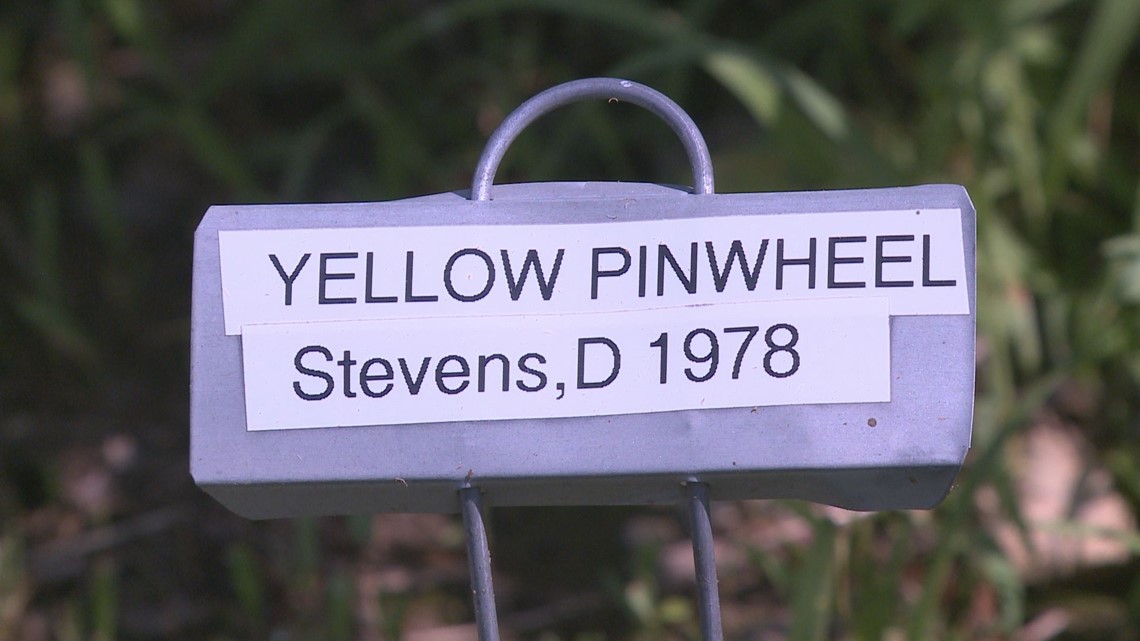
The society lists four daylily farms in Maine as official display gardens:
- Tina's Daylilies - Jefferson
- Blue Hill County Garden - Blue Hill
- Ellie's Daylily Garden - Troy
- Scapegoat Daylilies - Waldoboro
White has a couple of personal favorites:
- Tom Boy Tina

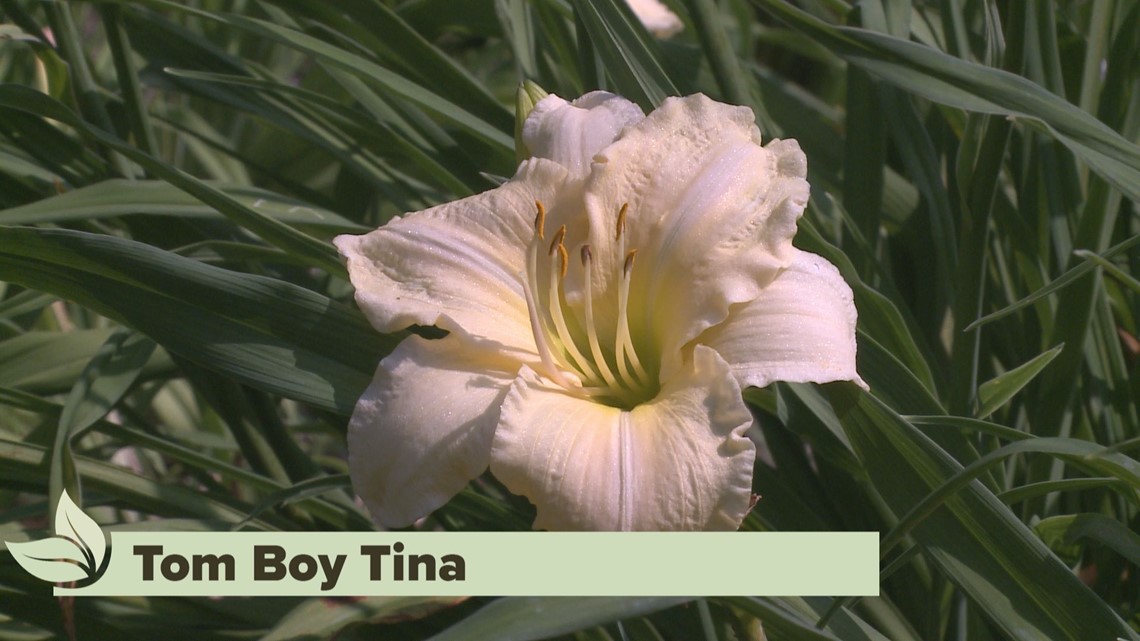
- Fire Goddess

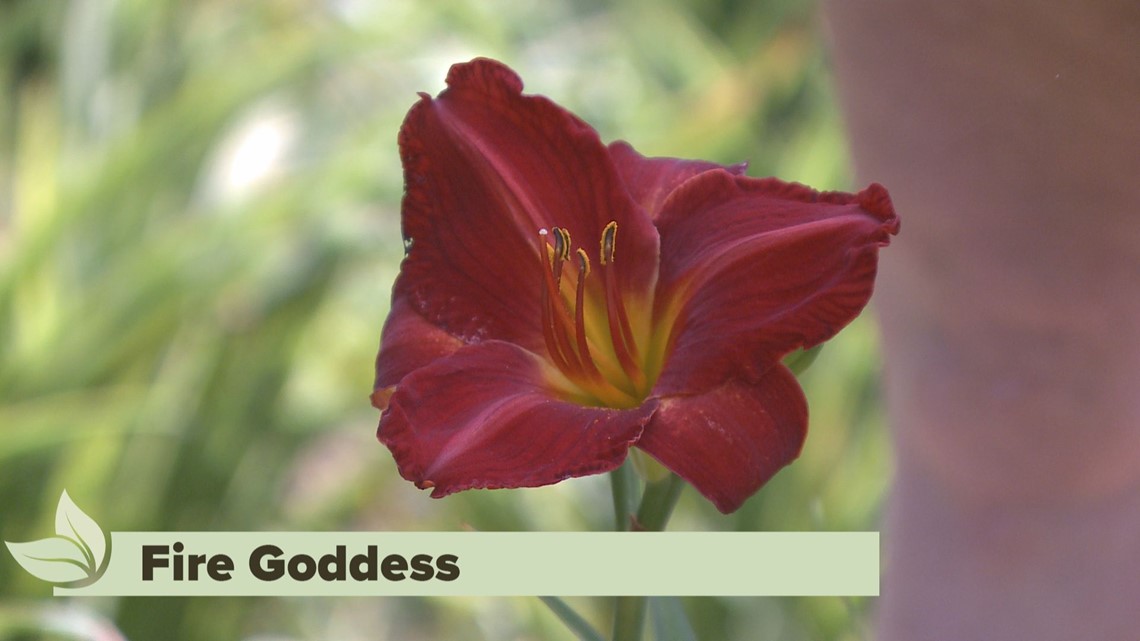
The daylily farmer explained that Tom Boy Tina was a rebloomer. This means the flower was blooming in July and would bloom one more time before the end of the growing season.
"But not all rebloomers rebloom in Maine," White revealed.
She explained this is because of the shorter growing season Maine experiences.
White's attachment to Fire Goddess is because of the plant's vibrant red blossoms, which are reminiscent of her firefighting days.
The daylily farmer explained that daylilies prefer full sun but will tolerate partial shade, and they prefer to be in well-drained soil.


"They like a lot of water, but they don't like wet feet," White said.
The gardener went on to explain the importance of deadheading. A daylily blossom only lasts one day, therefore there are a lot of spent blossoms.
The American Daylily Society notes that deadheading will keep the garden tidy but, most importantly, it doesn't allow for seed pod formation. Forming seed pods takes energy away from the plant to form more roots.

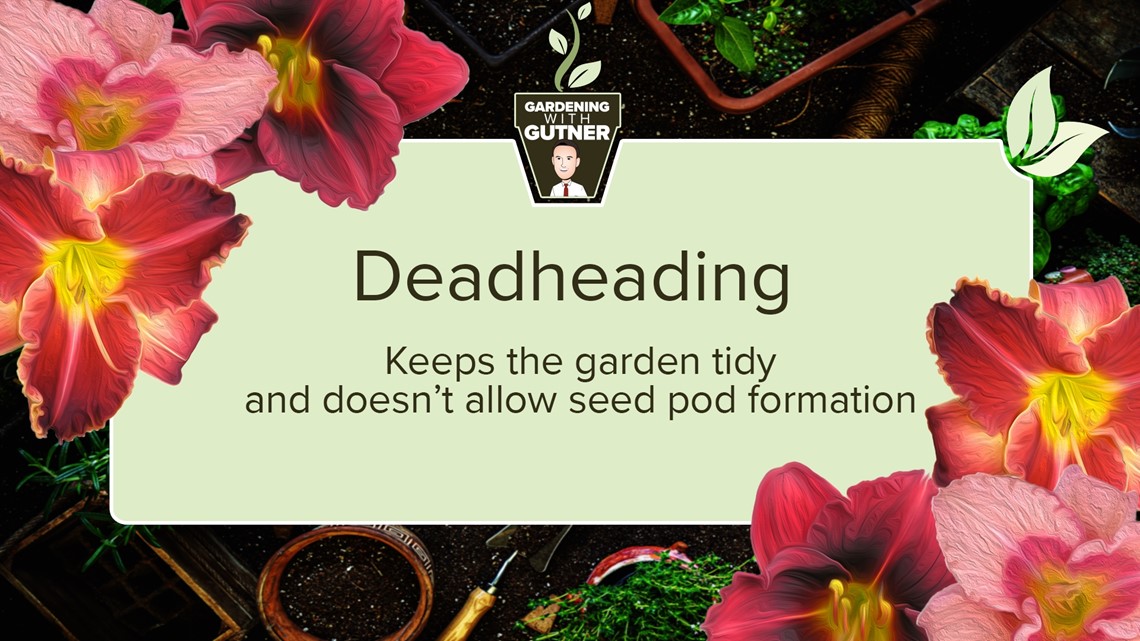
To deadhead, simply break the flower at the base away from the stem.

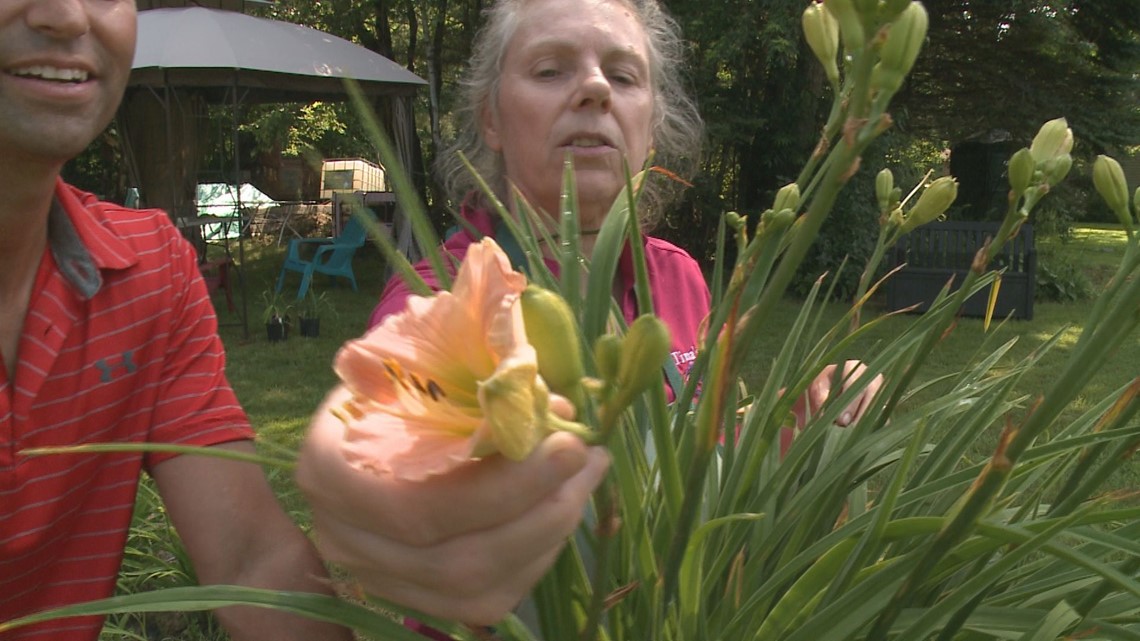
The best way to multiply daylilies is to split them at the root.
"They recommend to split every three to five years. You don't want the clump to be too big," White said.
The daylily farmer demonstrated two different ways to split daylilies.
The first method is to use a sharp knife and cut the root into different sections and then return the plant to the garden or share it with someone.

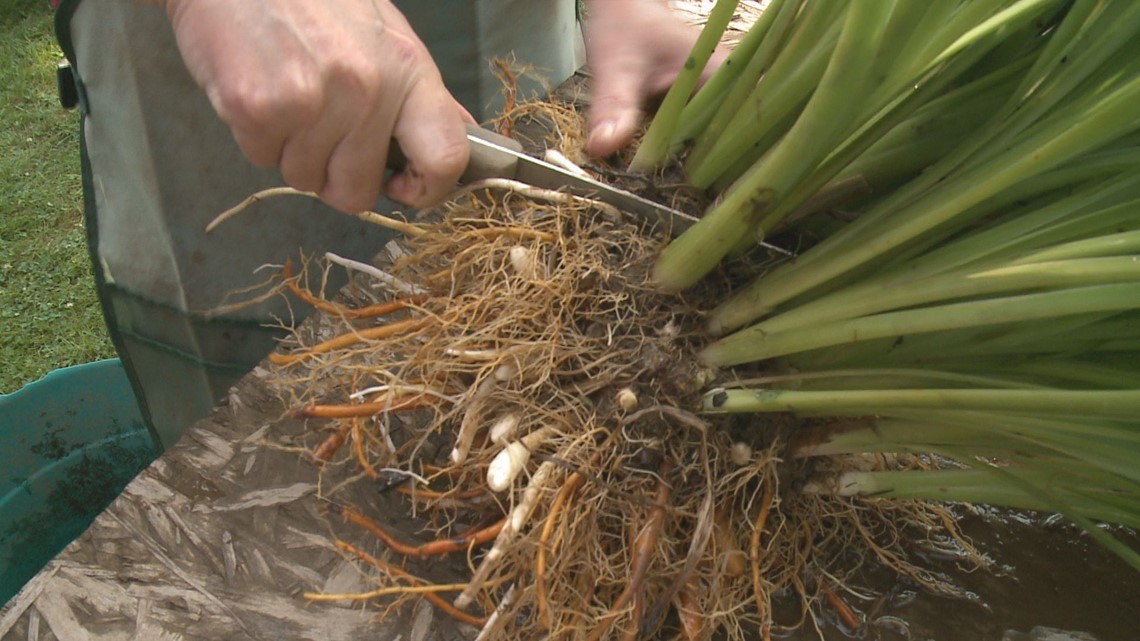

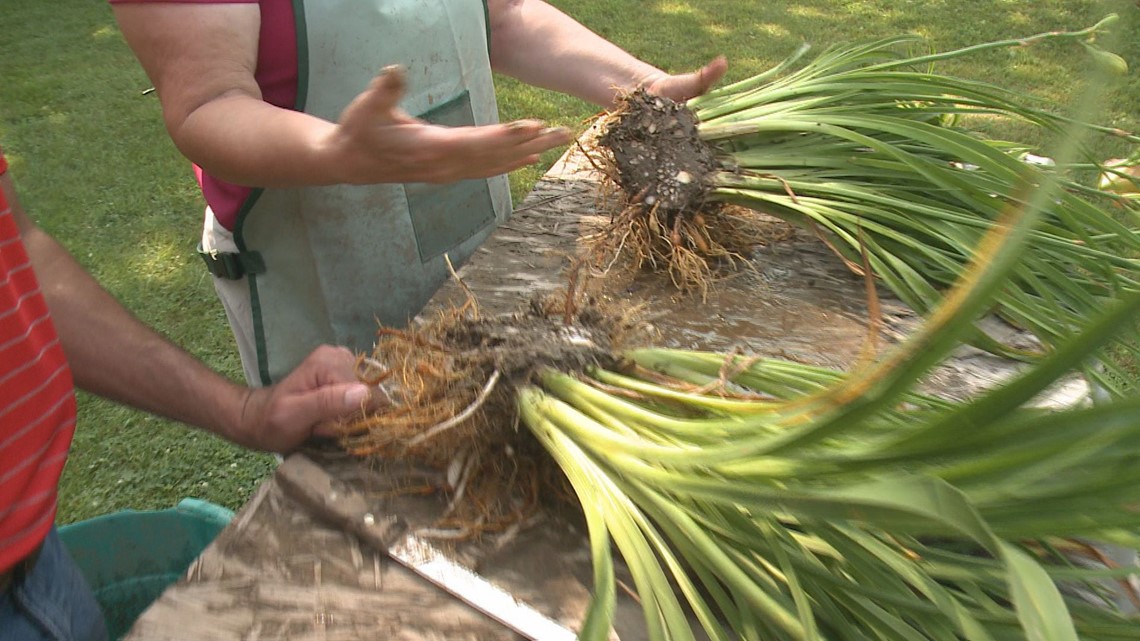
Next, White showed a special dividing tool that makes dividing easy. The tool anchors into the roots and then, by pulling the arms apart, splits the root of the daylily.

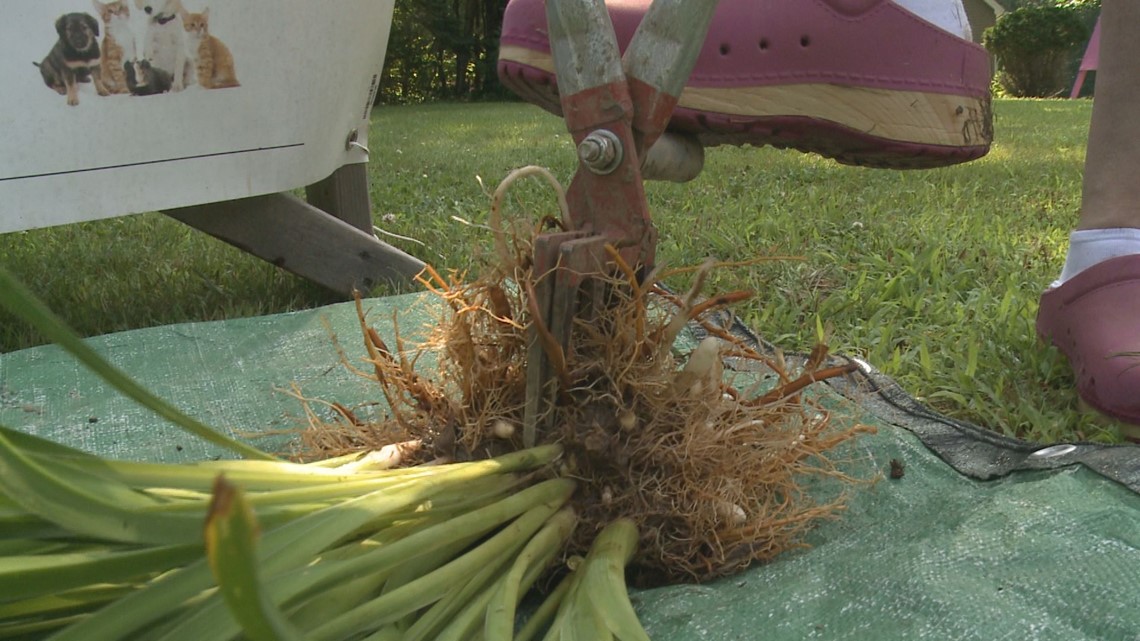

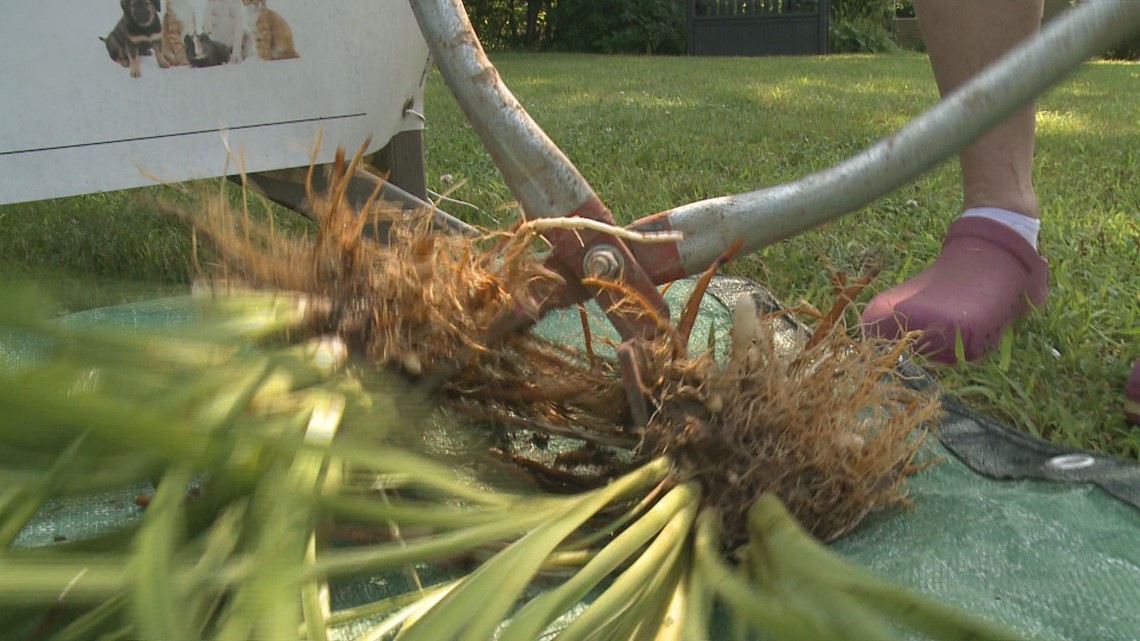
Every year, White holds a special fundraiser in her garden to benefit the National Multiple Sclerosis Society. This year the event will happen on July 22 starting at 10 a.m. and ending at 4 p.m. There will be refreshments, door prizes, and live music. Twenty percent of the proceeds from that day go to NMSS. The society is near and dear to her heart.
"I was diagnosed with MS eleven years ago, so, it's important to me," White shared.



